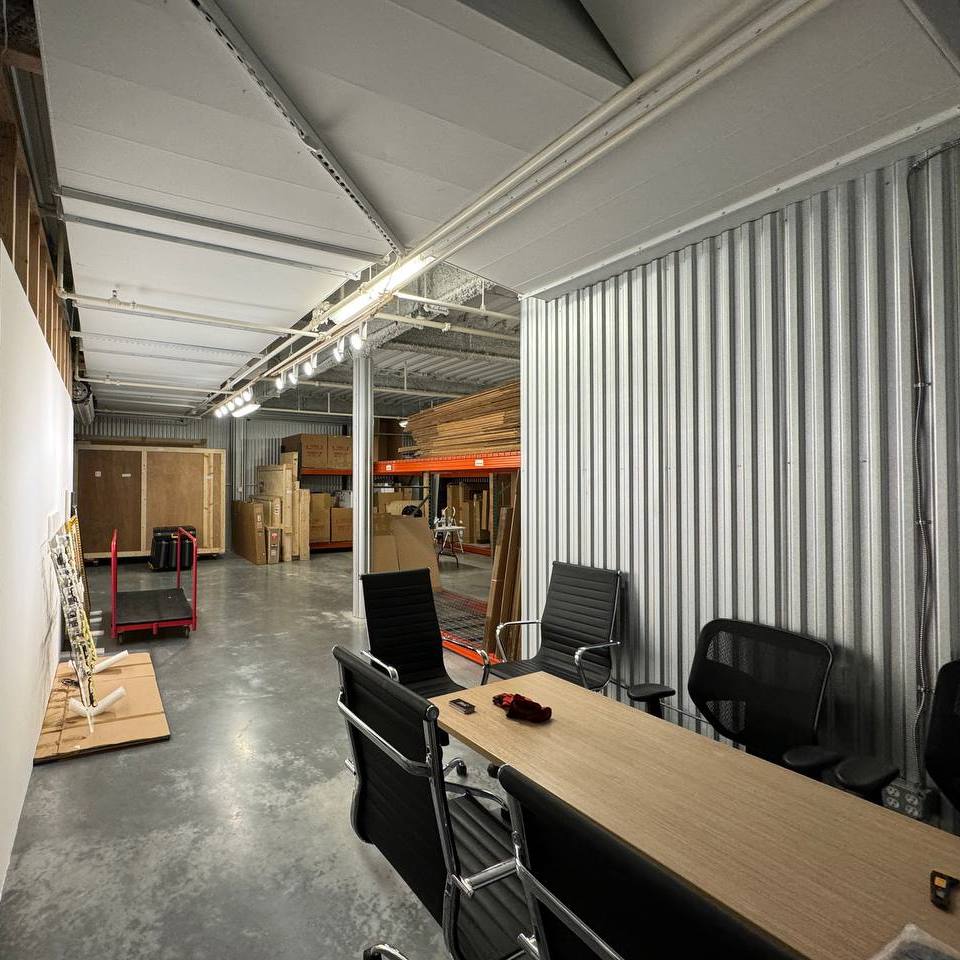While any art storage facility is created to safeguard works of art from physical damage and deterioration, some providers do it better than others. When it comes to art storage for high-value items, things get more complicated, as even minor environmental stresses or fluctuations can result in millions of dollars of losses. The concept of climate control also gets a different connotation when high-value artwork is involved. More accurate and smart climate control is needed for such pieces of art, requiring more attention to the storage facility’s microclimate.
Beyond Temperature: Microclimate in Art Storage for High-Value Items
So, what is the storage facility’s microclimate? Experts claim that varied microclimates develop in different parts of the storage space, with subtle fluctuations in environmental conditions. These changes occur as a result of complex chemical interactions of stored artwork and packaging materials, as well as the materials of storage equipment.
Shelving height and artwork placement also affect microclimate development by changing airflow patterns and circulation. For instance, heat tends to rise upward in any room, and paintings placed on higher shelves will inevitably experience the effect of subtly elevated temperatures compared to those placed on lower racks. Humidity, in its turn, reduces upward, so higher artwork placement results in warmer and drier storage conditions.
The paintings’ proximity to exterior walls can also affect the microclimate surrounding them. Walls are prone to transmitting external temperature and humidity fluctuations to the interior space, even when they are properly insulated. Therefore, artwork stored close to walls may be affected by external environmental factors.
Finally, it is vital to keep airflow patterns in mind when dealing with microclimate management. Large HVAC systems may not be able to guarantee smooth, even air circulation in a storage room. Thus, the storage facility’s staff should spot dead zones with humidity pockets to prevent high-value artwork’s deterioration.
Strategies for Accurate Microclimate Measurement
If you’re operating art storage for high-value items, maintenance of ideal, perfectly stable environmental conditions is a must. Old, delicate, and fragile pieces of art are as vulnerable to external impact as contemporary mixed-media or experimental artworks are. The degree of responsibility for art preservation is enormous. Here are several professional tactics to try out:
- Zoning of HVAC systems for flexible environmental adjustments in different parts of the storage facility.
- Strategic placement of environmentally sensitive artwork.
- Custom enclosures that give an extra layer of protection and more robust control.
- Advanced air circulation systems.
By employing these practices, any storage provider can offer a higher standard of care for irreplaceable masterpieces.
